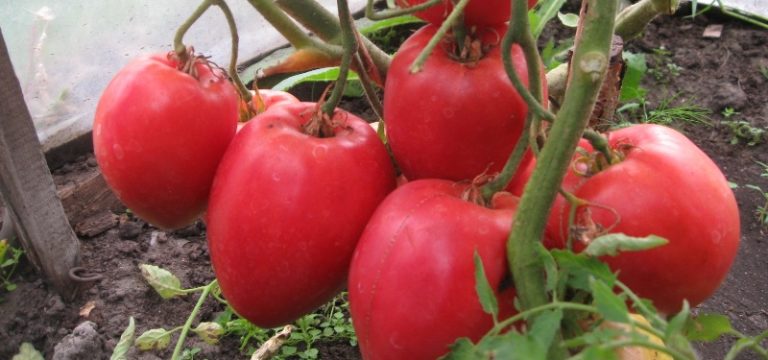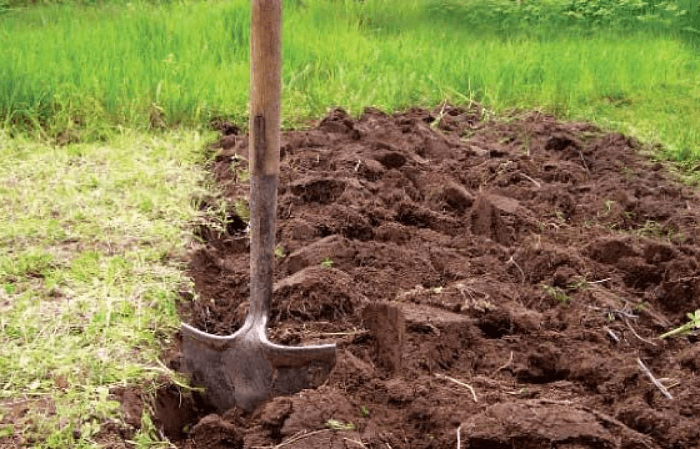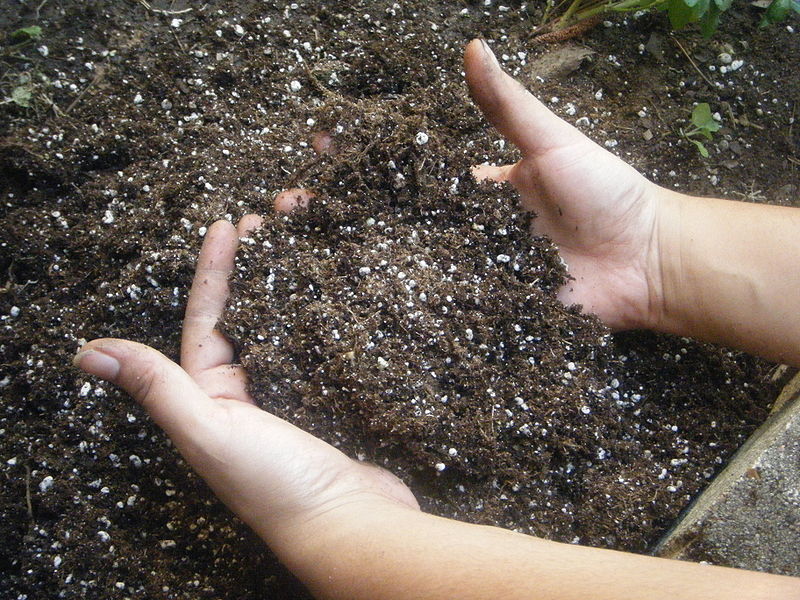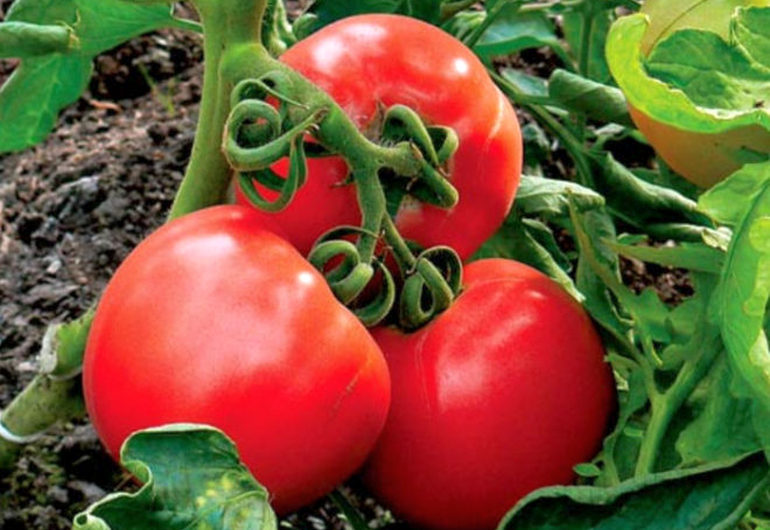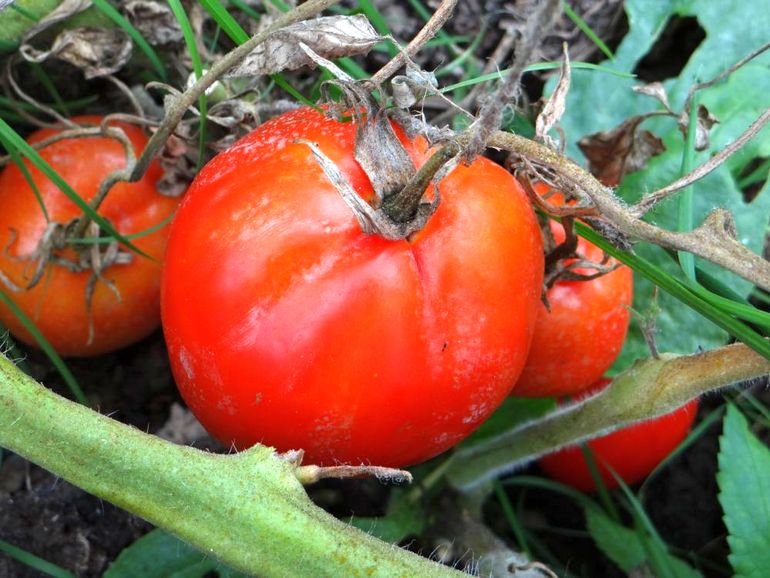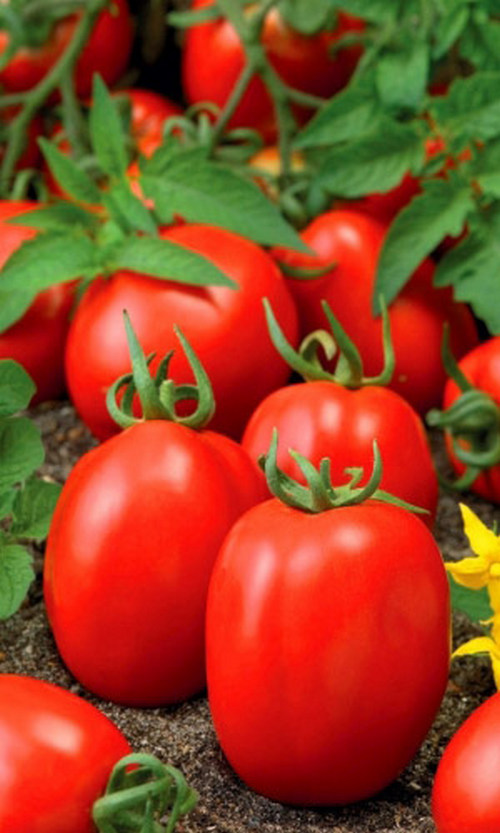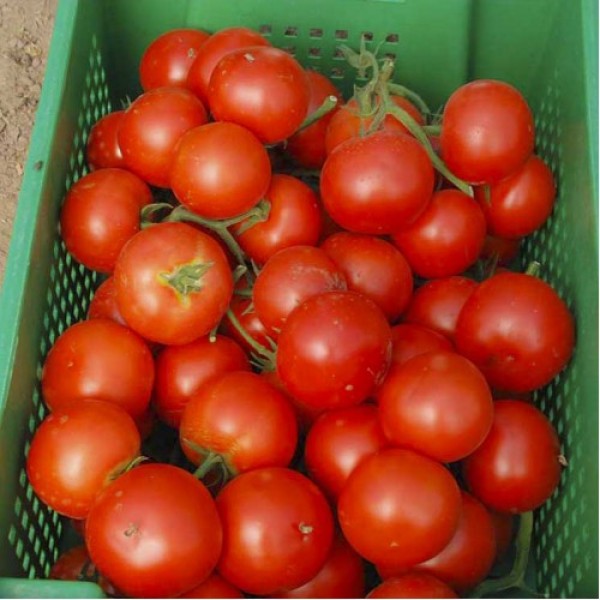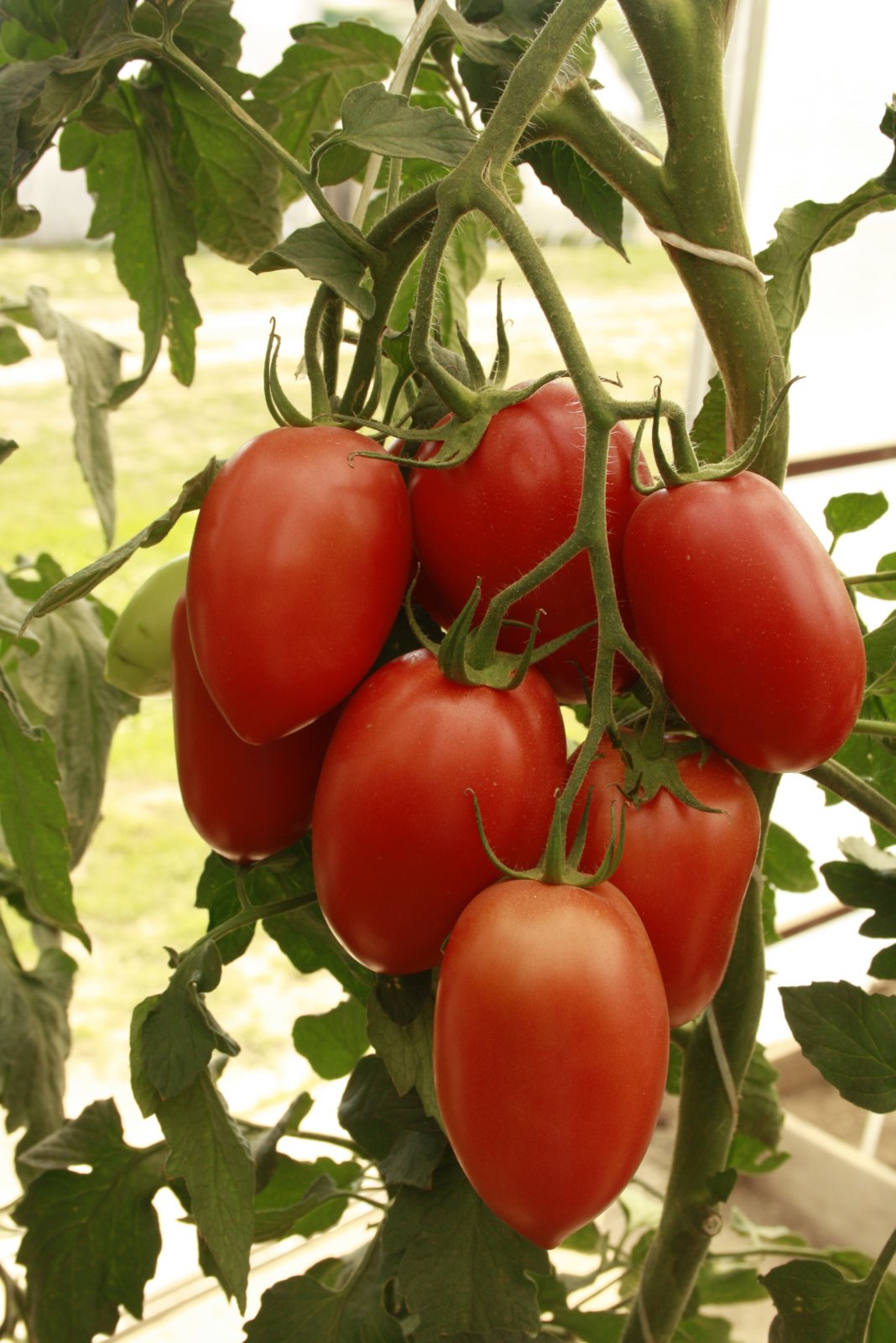Content:
In accordance with its name, the Big Mom tomato is presented to some buyers in the form of an impressive plant, at least with a strong and branched stem. And, indeed, rather large fruits of this variety grow on a bushy overgrown trunk, which provides a good yield of the tomato crop.
This name was given to the hybrid by breeders who recently received this variety by cultivation. Despite his youth (he was registered in the State Register in 2015), his popularity only increases over time. This is explained by the fact that Big Mom tomatoes have some features, which are described below.
Initially, the tomato was intended for cultivation in protected ground (in greenhouses). However, after a series of experimental tests, it turned out that it takes root well in the open field.
In other areas, characterized by a temperate and cold climate, the Big Mom tomato is bred and grown, as a rule, in well-protected conditions.
Description of the variety
Before breeding Big Mom tomatoes, it is advisable to get as much information as possible regarding the characteristics of not only the tomato plant itself, but also its fruits. The main quality indicators and properties of this culture are given in the list below:
- First of all, this is an early ripe vegetable that allows you to get large bright red fruits in about 85-90 days after the moment when the first shoots became visible;
- Next comes the determinism, according to which the growth of Big Mom's tomatoes stops when the fifth brush appears on its trunk. It is from this time that the formation of fruits begins;
- When evaluating their quality, we can say that the pulp of a tomato has a pleasant taste, in which there is a clear balance of sweetness and acidity.
The determinant bushes of these tomatoes are popular with many gardeners due to their small stature and reliable, strong-looking root stem. Branches with a small number of leaves of a greenish-light shade, having an average size, are evenly distributed on it (outwardly they are somewhat reminiscent of potato tops).
Inflorescences on bushes are formed after the appearance of the 5th or 7th leaf and usually have about five to six ovaries. Their rhizomes are more developed in width, that is, they grow in a horizontal direction.
Regarding the fruits of Big Mom's tomatoes, the description of which is considered in this section, it should be noted that outwardly they are slightly ribbed, slightly elongated downward, and in their shape they resemble a heart.
The rest of the characteristics are presented below:
- The average height of the Big Mom tomato is about 60 cm (it belongs to the undersized, not standard types). With enhanced nutrition, they can rise another maximum of 10 centimeters and very rarely reach one meter in length;
- Regarding the yield of this variety, it should be noted that, subject to the requirements of agricultural technology, the total weight of fruits harvested from a unit of sown area reaches 9-10 kg. If you grow this tomato variety outdoors, its yield will be slightly lower;
- In fruits, the skin looks rather smooth and dense, despite its thinness, not prone to cracking;
- A feature of this variety of tomatoes is the large size of tomatoes, each of which can weigh from 200 to 400 grams;
- They are distinguished by excellent taste and have a juicy pulp with a small amount of seeds, placed in 7-8 chambers.
Big Mama tomatoes are ideal for preparing fresh salads, and are also widely used for canning. The ripe fruits are used to make tomato sauces and pastes.
Agrotechnics
Transplanting
Any gardener knows that the growing season of a tomato crop begins with sowing seedlings, which they start either in March, or (at the latest) in the first decade of April. In the presence of purchased and ready-to-sow seeds, they are carefully placed in the prepared soil to a depth of about 0.5-1 cm.
In the case of its independent manufacture, the garden soil is simply mixed with humus, peat and river sand, and then watered with a weak solution of potassium permanganate.
Then the seedlings, planted in previously prepared containers, are covered with a transparent film, which is removed immediately after the first seedlings are pecked. In the future (for about a week), containers with seedlings should be kept at an optimal temperature not exceeding plus 15C.
To obtain a strong root system, the planted sprouts will need a large amount of light, and if there is a lack of natural light, it is recommended to illuminate them with phytolamps.
By the time the seedlings are thoroughly stronger, they can be transferred to a warmer place, and after the appearance of 2 leaves, the sprouts can be dived with simultaneous transfer to separate pots with a capacity of at least 300 ml.
If further cultivation is assumed in a greenhouse, the planted seedlings will require fertilizing made in the form of a liquid nutrient mixture. It is prepared on the basis of 0.5 grams of ammonium nitrate mixed with 2 grams of potassium sulfate and 4 grams of superphosphate, dissolved in 1 liter of pure water.
Soil preparation and replanting
Before you start planting young shoots in open ground, they are pre-hardened, that is, they are taken out into fresh air for about 2 weeks.
As soon as the tomato seedlings Big Mom, the characteristics and description of the variety of which are presented in this section, reach a height of about 20-25 cm, they will need to be transferred to the greenhouse.
But first, you should thoroughly prepare for this procedure, for which the soil is first carefully dug up, that is, its top layer is replaced with a new one. The best way to prepare it is to mix humus and turf soil in equal proportions, diluting them with sawdust and vermiculite. Then the resulting earthen mixture is treated with the biological preparation "Fitolavin" (2 ml per liter of water).
Another option is to buy a ready-made soil composition in the store, produced specifically for tomatoes (it is added to the hole when the plant is planted in the ground).
Top dressing
After the holes in the soil are prepared, at a distance of about 5 cm from where the root of the seedling should be, put from 3 to 7 grams of fertilizers designed specifically for the tomato culture. These nutritional supplements are formulated with potassium and phosphorus (in well-balanced amounts).
Before flowering, tomato sprouts are fertilized with nitrogen fertilizers, which are made in the form of a nutrient mixture.For its preparation, 10 liters of pure water are taken, after which half a liter of liquid mullein and 20 grams of previously purchased nitrophoska are added to it.
As organic additives during this period, wood ash diluted in boiling water and infused with it for some time (about two days) is well suited. After that, the whole plant is sprayed with the finished infusion.
When watering a tomato, they are guided by the following rules:
- The plant should be moistened no more than once a week, pouring water directly under the root;
- Excessive moistening of the earth is not allowed;
- With the beginning of fruit formation, the dosage of watering should be increased;
- Tomato bushes grown in the greenhouse are watered only in the morning.
If it is found that the earth begins to dry out, it is first loosened well and then mulched. Branches growing and strongly protruding in the axils of the leaves should be removed immediately. It is recommended to graze tomato bushes no more than once every two weeks, and more than one shoot should not be removed per approach.
You also need to worry in advance about supporting the bushes of growing tomatoes and prepare a set of devices for tying branches. When the first green fruits appear, all the extra leaves from the twigs are gradually cut off.
Advantages and disadvantages of the variety
The indisputable advantages of this plant include:
- Fast germination (early maturity), providing a harvest for a long time;
- Resistance to garden diseases;
- The giant size of the tomatoes themselves;
- A small amount of seeds in the fruit;
- Unpretentious care and feeding.
Add to this the good transportability of ripe vegetables, which is explained by the presence of dry matter in them, as well as the plant's resistance to pathogens. Only in very unfavorable conditions, as well as in the absence of proper care, the Big Mom tomato can be affected by known viral parasites.
In the final part of the review, we note that there is no information in the open press about the shortcomings of this variety. When grown in securely protected areas, a good harvest of Big Mom tomatoes is guaranteed under all conditions.
